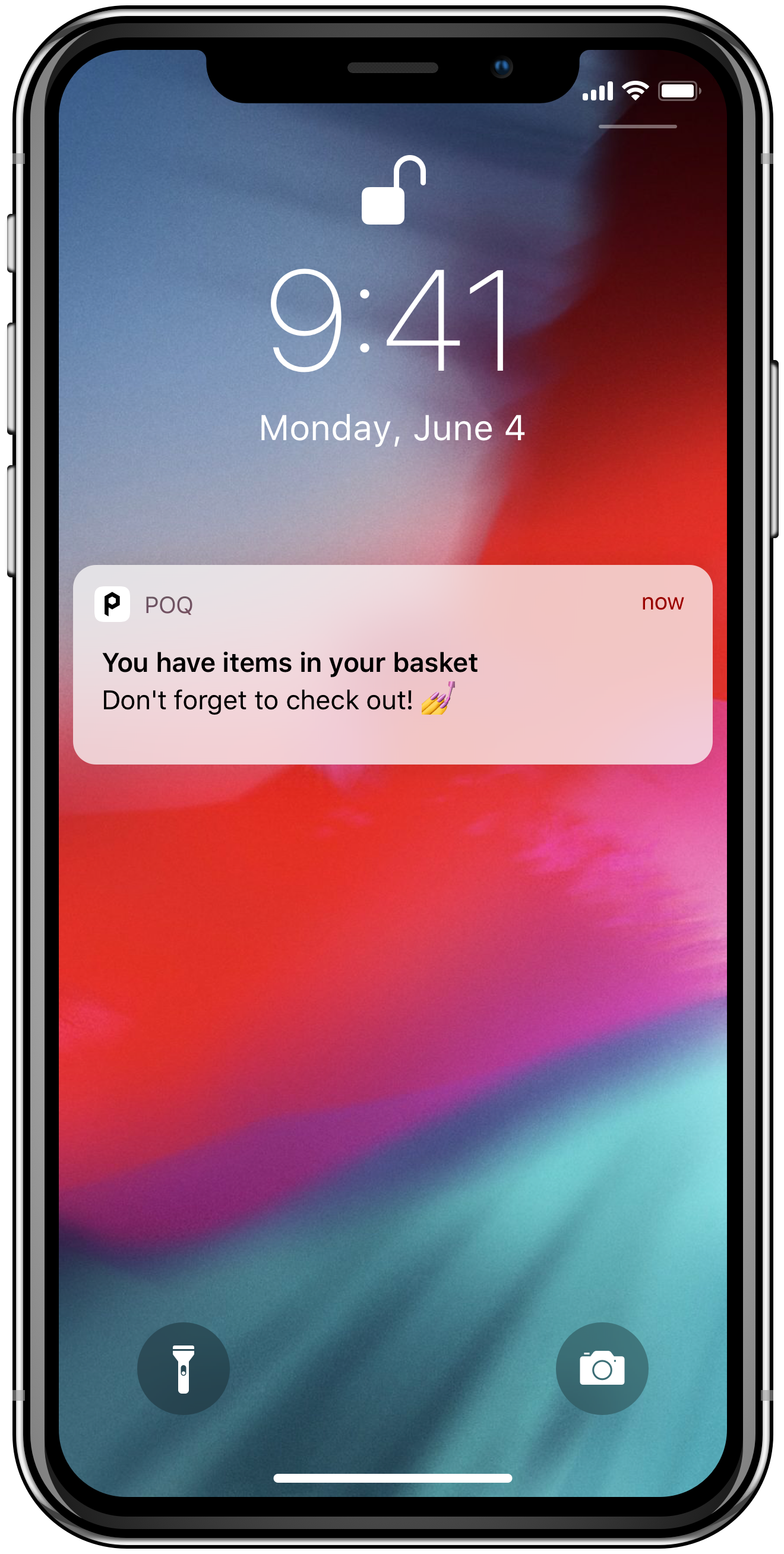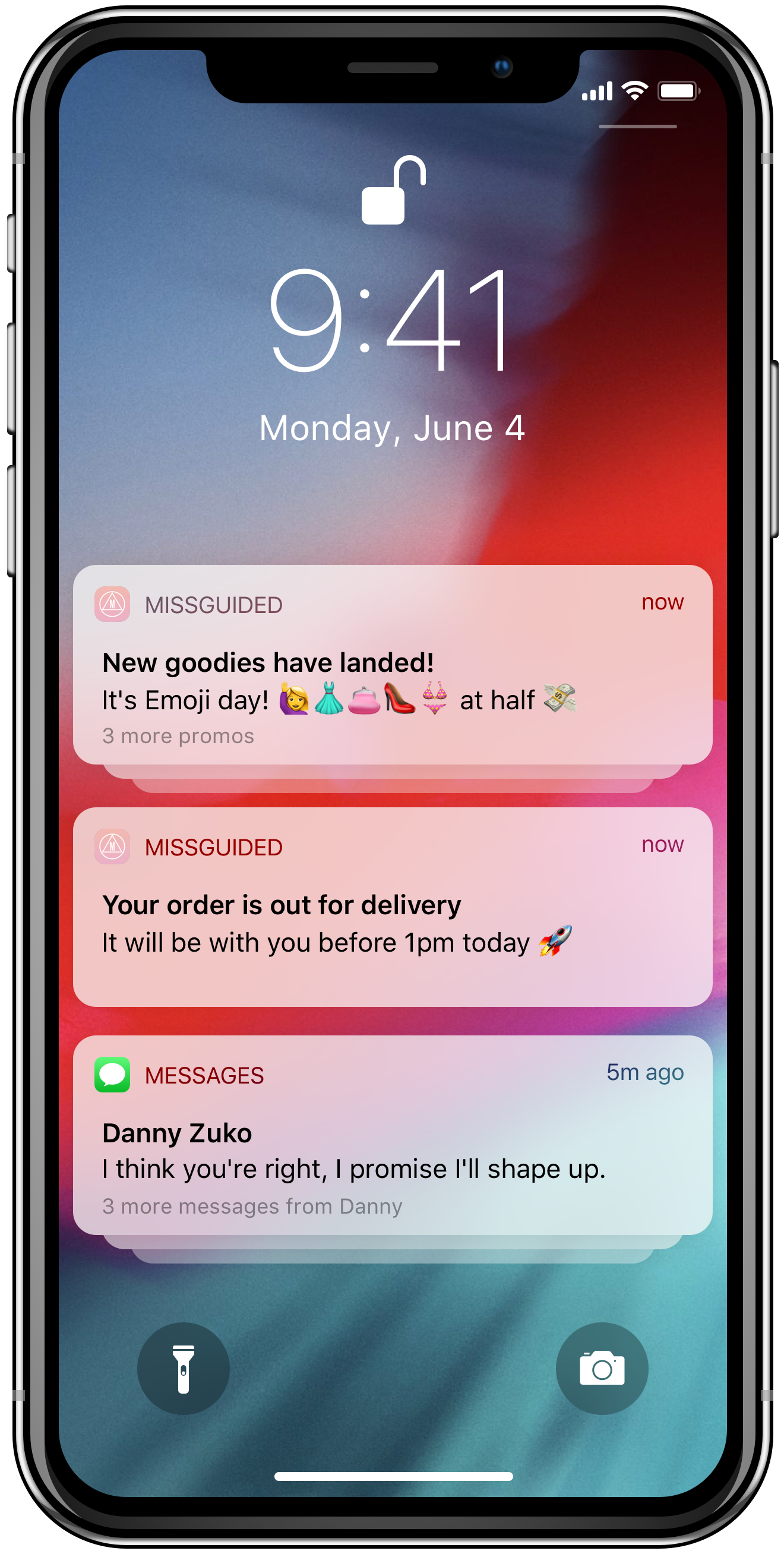Enhance your omnichannel marketing with Poq’s new push layer

by Balint Szeplaki
Head of Product
The advertising world has become very noisy. You cannot ride the escalator down to the tube or subway without having printed ads following your descent into a tunnel of even more reasons to buy this or that. Retailers are having to battle against this noise to ensure their brand is reaching customers in a way that is both valuable and effective. To achieve this, many retailers have implemented an omnichannel communications approach enhanced with personalised messaging and offers. In this blog we will discuss how our new integration layer for push messaging will help our clients enrich their omnichannel communication strategy even more. With push notifications powered by rich behavioural data from across platforms, retailers will gain an influential marketing tool within their arsenal.
Introducing the push layer integration
Aligned with Poq’s roadmap towards building an even more flexible platform with self-service capabilities, we have implemented a new integration layer. The new integration layer allows different SDKs to be loaded into Poq apps, meaning clients can now quickly and easily integrate their app with any third-party push notification provider. The only caveat is that the SDK must be able to integrate with the analytics data we provide. It is the analytics data which powers and improves push notification effectiveness. While push notifications have a 50% greater open rate and 7x greater click rate than email, segmented push notifications have a 93% retention rate. In a world full of noise, retaining customer engagement is invaluable.
Behaviour targeted marketing
 |
Within the analytics layers the entire buyer journey and all user behaviour can be tracked (in a GDPR compliant way), making the potential for personalisation incredibly high. For example, a user has added an item to basket in the morning, but 24 hours later has not checked out. The retailer can subsequently send a push notification to remind the user of the items left in the basket and prompt him or her to checkout. This action consequently creates a new visit to the app and an impulse to buy. In addition to targeting recent behaviour, retailers can segment and target based on historical data. A retailer could segment some of its shoppers into new users, medium-frequency shoppers, and high-spenders. In order to engage the new users and increase more app interaction, the retailer sends a new user targeted push notification with a 30% off voucher code. The code can then be used during checkout. Having a vast amount of user activity tracked will allow for retailers to utilise transactional push notifications. |
Next level omnichannel communications
Beyond building a trusting relationship with customers, retailers will bring their omnichannel communications and marketing automation to another level. Retailers will be able to bring all of their data into one place, for some of them this will be a CRM (Customer Relationship Management) solution. Whatever their single source may be, it will be able to track data and implement communications across platforms, i.e. app, desktop, mobile, in-store.
| Cross-platform segments can be easily set up so data from app activity can improve personalised emails while desktop or mobile web activity can initiate targeted push notifications. As an example, retailers can avoid sending check-out messages to a user who added items to basket on the app but checked out on desktop. This will ensure users feel their favourite retailers are targeting them in the most efficient and personalised way possible. With the new push layer integaration capabilities, retailers can have a unified omnichannel communications strategy that will constantly reach users through the right channel from a single view of their customer base. What is more, catalogue data can be pushed into the same marketing automation tool. With this new set of data, stock changes can trigger push notifications and become a new valuable asset. Retailers will be able to notify users when orders have been dispatched, shipped, delivered, delayed, and more. Such communications will build trust and loyalty. Additionally, the individual responsible for the CRM and general external communications will be able to set up all communications, including push notifications, from one system. |
|
The push layer integration will provide retailers with the ability to integrate with their preferred third-party push notification provider. Once implemented, the push layer along with the analytics layer will work together to improve communications, engender engagement, build trust, and ultimately increase revenue.
To see more of how to create a strong marketing strategy around your app, check out our App Marketing Guide.



